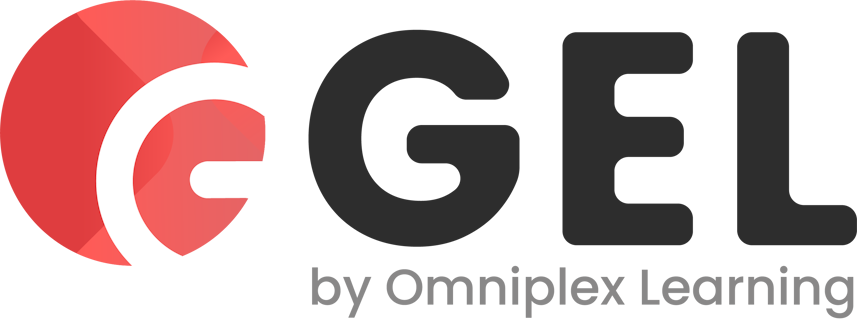In the age of digital transformation, program management is becoming increasingly essential. Often lasting several years, a ‘program’ can be an extremely high-stakes affair, with a great deal of time and money invested in essential strategic goals. Without this kind of dedicated growth, it is easy for organizations to fall behind competitors.
To cope with this, businesses will often invest in a program management framework. Ranging from prescriptive methodologies to general approaches, these systems offer insight, best practices, and tools to guide the planning, implementation, management, and completion of organizational programs. This, in turn, can lead to faster results and far more impressive ROIs.
‘Managing Successful Programmes (MSP)’ is a largely traditional program management framework that focuses heavily on alignment and regular reviews to keep programs on track.
‘Agile Programme Management (AgilePgM)’, meanwhile, is a framework that applies the Agile philosophy on a program level, combining it with a strong governance model to maintain a focus on strategic goals.
In this article, we’ll be looking at the respective benefits of choosing MSP and AgilePgM as program management frameworks.
Choosing MSP
MSP has been around since 1999. With consistent updates, it has remained a major force in the world of program management. It treats programs as temporary constructs that are, essentially, a collection of individual projects that contribute towards a strategic goal.

The MSP framework contains Principles, Processes, and Themes that outline not only how to create and manage programs but also how to keep them aligned with organizational strategy and review their viability. The latest version, MSP 5th Edition, also introduced ‘Scenarios’ to illustrate different aspects of the framework and how it is applied in practice. This highly comprehensive approach is ideal for complex programs, especially with the MSP ‘business case’ keeping managers grounded in relation to the value of the program itself.
A traditional aspect of MSP is creating and documenting a vision of the program and how its benefits will be realized. However, this can be a potential issue simply because not every aspect of a program lasting several years can be predicted in advance. While this does not mean MSP lacks flexibility, it can make it difficult to take advantage of developments or alter targets as necessary.
Choosing AgilePgM
Like AgilePM, AgilePgM is based on the core principles of the Agile Manifesto. What makes it unique is that it applies these principles on a program level. Usually, this would be off-putting to stakeholders, as Agile teams tend to create iterative targets rather than sticking to a concrete plan defined at the beginning of a program. AgilePgM compensates for this by utilizing a governance model which keeps programs aligned with strategic targets while still enabling the flexibility and adaptability that has always made Agile popular.

That is not to say that AgilePgM doesn’t also offer the benefits of Agile. With an iterative approach, it quickly creates usable products that can start generating value and feedback. This, in turn, helps managers to set goals that align products with what customers really want. Teams are also given a much greater level of autonomy, allowing them to quickly make decisions without the need for unnecessary managerial oversight.
While this all sounds good, it is a rather large departure from the models most managers and stakeholders are familiar with. It can also be difficult to justify programs that aren’t fully planned out in advance, especially when it comes to elements like finance. AgilePgM’s focus on governance is certainly a departure from the versions of Agile most stakeholders are hesitant about, but when it comes to implementation, executives and employees may have an easier time with MSP.
Choosing MSP or AgilePgM
Before making a choice, it is worth knowing that MSP is not necessarily a fully traditional framework. In fact, it has several similarities with AgilePgM. For example, MSP practitioners will continually reassess programs in relation to corporate strategy. This is something that AgilePgM also does incrementally.
The main difference can be found in the basics of Agile and benefits realization:
- MSP focuses on making sure benefits are worthwhile and that they are not threatened. AgilePgM, meanwhile, plans and realizes benefits incrementally.
- MSP will envision and communicate targets on a regular basis to keep programs on track. AgilePgM takes less of a top-down approach by setting strategic targets while delegating decision-making authority to team members.
- MSP emphasizes learning from experience, while AgilePgM encourages users to learn from incremental goals.
- MSP offers detailed guidance on programs, while AgilePgM wants individual parts to progress with less guidance and oversight.
AgilePgM is the more flexible of the two frameworks and shows a greater awareness of how long-term programs can differ from early projections. However, it also requires senior managers to take their hands off the reins, and this is where things get tricky.
If you do not have the capacity to delegate authority to lower levels, cannot accept short-term program projections, and want a much stronger focus on governance, MSP may be the best choice.
Combining MSP and AgilePgM
Of course, there is no rule to say that you can’t utilize a framework like MSP while introducing Agile elements. As we already said, there are several similarities between MSP and AgilePgM that can make them compatible. You will simply need a clear enough understanding of the framework to do so successfully.
That being said, it is worth keeping in mind that trying to apply two entire frameworks at once can be extremely detrimental. Ultimately, you do not want competing voices on how to do things at a program level, the reason being that there is simply too much at stake.
A practitioner with a solid understanding of MSP and AgilePgM may be able to do so. However, if your company is looking to utilize a program management framework for the first time, choosing one over the other will be a better option.
Studying program management with Good e-Learning
Good e-Learning is an award-winning online training provider with a diverse selection of project and program management courses. We work with subject matter experts to deliver courses that combine exam preparation with unique insight, giving students what they need to start creating value with their training ASAP.
Each of our courses comes with a variety of engaging online training assets. These include instructor-led videos, regular knowledge checks, and unique free downloadable resources. Students can access courses from any web-enabled device thanks to the free Go.Learn app, and our support team can even offer both free exams and free resits.

Speak to a member of our team today about how we can create your perfect corporate training program!

